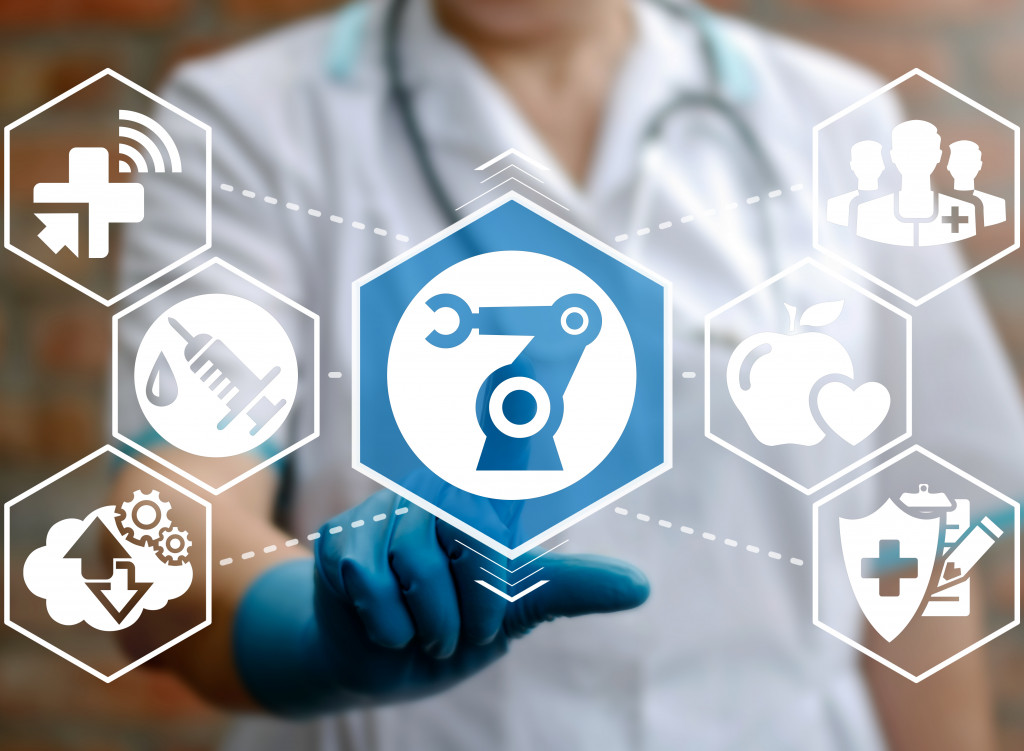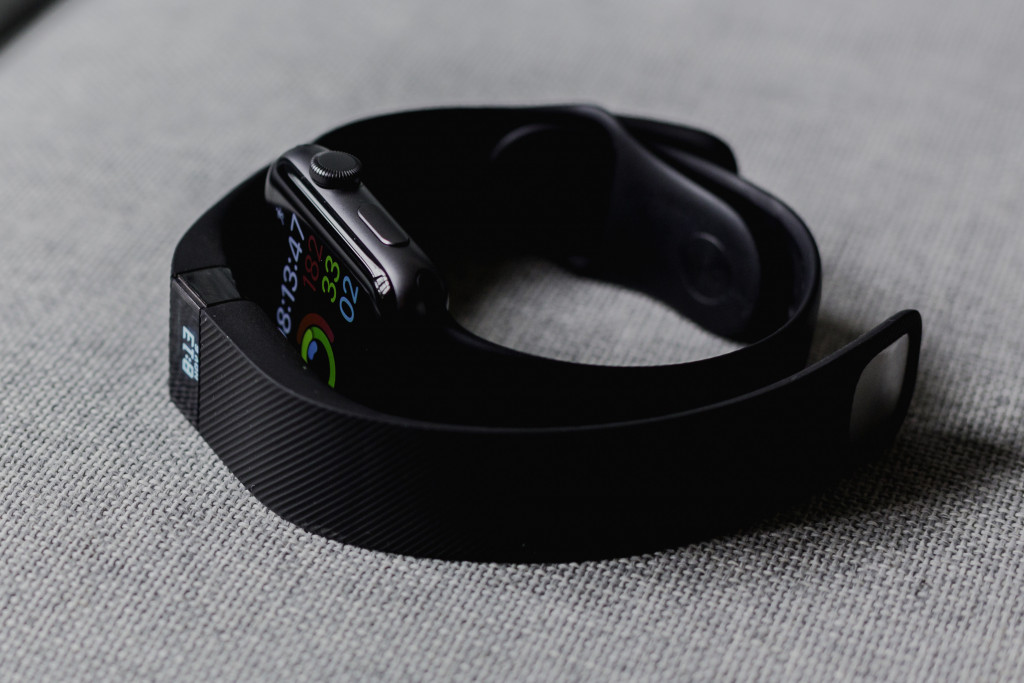Understanding the Impact of Technology in Healthcare

Medicine is a large body of science that aims to make life better for everyone. It has continuously paved the path to the prevention and cure of diseases, bringing comfort to people in pain and upholding the best state of health for everyone. Healthcare has grown to accommodate technology in its processes to better improve mankind’s quality of life.
These technological devices make helping people easier, more convenient, and more effective while minimizing discomfort, side effects, and sometimes even costs. We may know many advanced tools that medical professionals use in their line of work. However, here are some of the most useful and upcoming trends that utilize technology to its best potentials.
Online help
The pandemic made it dangerous to have physical contact with other people, forcing many businesses to move towards online transactions to minimize the risk of catching the virus. The healthcare system, which dealt with the people affected by the disease, was put in the worst possible place as non-COVID patients couldn’t enter hospitals to have their illnesses treated. Thankfully, technology has already prepared for it with digital communication to bridge health providers to their patients.
For example, using video conferencing applications, patients can consult with their local dentists regarding dental matters without meeting them in person. They can then schedule appointments to prepare a safer and faster interaction as needed. Voice search also makes it easier to find a specialist for those looking online.
Smart health trackers
We have already seen some health devices that we can use without the supervision of a professional. We have wearable technology to track changes in our bodies. Using our phones with sensors and the Bluetooth system, we can count the number of footsteps that we make in a day, the variation in our heart rate as we exercise, and even our sleeping patterns during the night.
The information extracted can be used to make the appropriate changes in our lifestyle and improve our overall health. These innovations make it easier to live with diseases like diabetes which needs constant overseeing and management to prevent infections and the worsening of the present condition. Although, big companies are exploiting this system that comes with added costs to make more money instead of thinking about the public’s welfare.

Robotic surgery
Robotic surgery is defined as a medical procedure where doctors use technology to successfully perform very difficult to impossible surgical processes. This kind of procedure makes use of mechanical “arms” with surgical tools and cameras attached to them to execute their operations. Surgeons can then access sites in the body where traditional ways of operating would prove to be otherwise difficult.
This operating method has its advantages and disadvantages, with a reduced invasion of the body and an increased cost to execute. But it certainly opens more possibilities like the use of micro-robots to potentially help in the treatment of certain diseases in the future.
3D printing
3D printing opened a trend that different industries have come to utilize for their specific trades. The healthcare system has also followed suit, using the system to produce everything from surgical instruments and prosthetic limbs to artificial organs. Most surgical pieces of equipment are naturally limited in how doctors can control them while doing necessary procedures.
As a solution, 3D printing the tools to suit the kind of operation, whether they can bend, are smaller, or with added functions, can be a more cost-effective solution for complicated situations. We have seen prostheses and implants being used to help those that need them.
Many of these are 3D printed to fit the patient down to the last centimeter to make them as comfortable as possible. Transplanting crucial organs may be done less in the future where artificial organs are “bioprinted” to replace damaged body parts. Bioprinting is a process that uses living cells to propagate more tissues, eliminating the need to take from one person and place it on another.
Technology has come a long way. Humans once lived in the Stone Age, where we were only starting to use the various things in nature as tools to aid us in our daily lives. However, now, we have learned to use every possible resource available to our advantage. Aside from our usual general entertainment, technology has entered the medical world to bring about good change to people’s lives.
But it still opens the possibility of unforeseen adverse effects on patients as human interaction may be eliminated in the process, making it impersonal and possibly ineffective. So it is vital to always know the limits of technology while it reforms the ways of the world.




